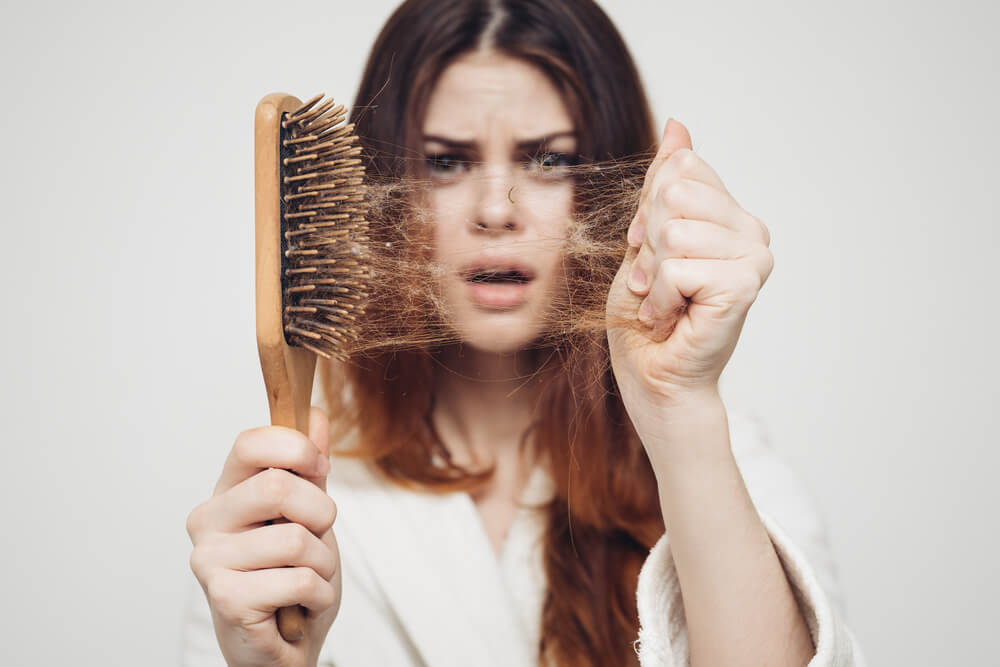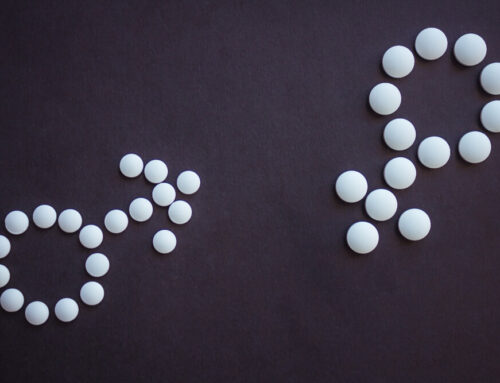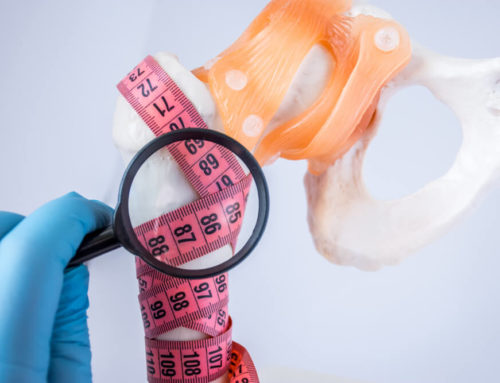PRP (platelet-rich plasma) therapy has become a popular treatment option for hair loss. It involves using a patient’s blood, which is processed to concentrate the platelets and growth factors, then re-injected into the scalp. The growth factors in PRP promote healing and can stimulate hair growth.
This article will provide a comprehensive overview of PRP for hair loss, including its efficiency, safety, and the science behind it. We will explore the potential benefits and risks of the treatment and provide practical tips for those considering PRP injections for hair loss. Whether you are looking to improve the thickness and volume of your hair or simply slow down the progression of hair loss, you’re welcome to contact a PRP therapy specialist in Margate, Florida, for more valuable information to help you make an informed decision.
The Process of PRP Hair Treatment
PRP treatment for hair loss is a simple, three-step process:
- Blood collection: A small sample of the patient’s blood is collected, typically using a routine blood draw procedure.
- Processing: The collected blood is then processed in a centrifuge to concentrate the platelets and growth factors. This process takes around 10-15 minutes and results in a concentrated mixture of plasma and platelets, known as PRP.
- Injection: The PRP is then injected into the scalp using a fine needle. The injections are typically administered in the areas of the scalp that are most affected by hair loss. The PRP is delivered directly into the hair follicles, where it promotes healing, stimulates hair growth, and improves the thickness and volume of existing hair.
The entire process is minimally invasive and typically takes less than an hour to complete. Most patients report only mild discomfort during the procedure, and no downtime or recovery period is usually required. The results of PRP for hair loss are typically visible within 3-6 months, with some patients reporting noticeable improvement in as little as 2-3 months. However, the extent of improvement can vary depending on the severity of hair loss and individual factors such as age, genetics, and overall health.
It is important to note that PRP hair treatment is not a permanent cure for baldness, and ongoing sessions may be necessary to maintain the desired results. However, PRP treatment for hair loss can provide a safe and effective alternative to surgical hair restoration procedures for many patients. It can help improve the appearance and health of their hair.
Potential Side Effects of PRP for Hair Loss
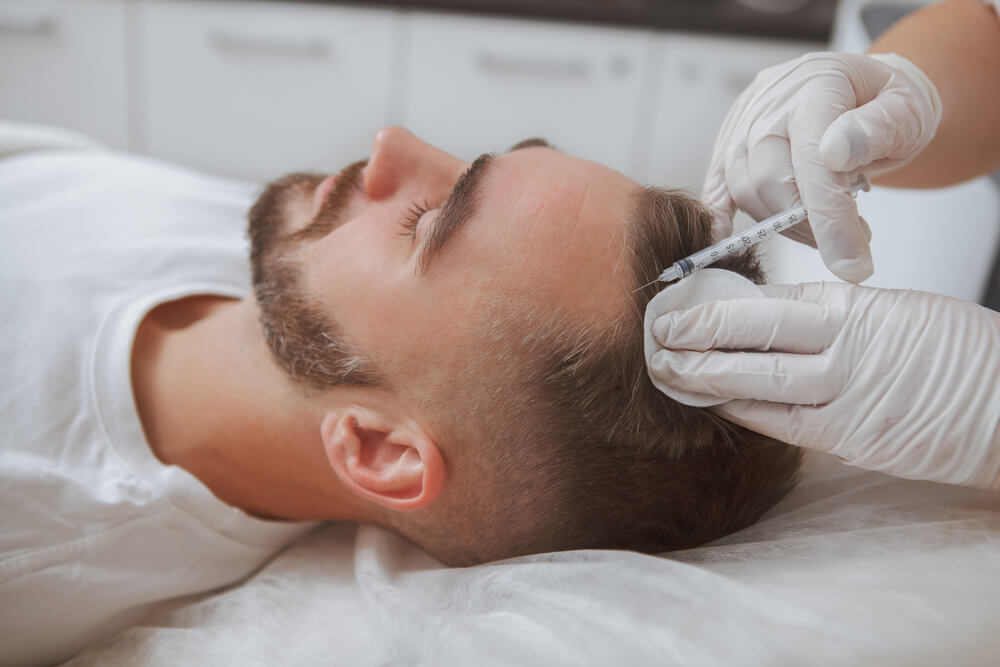
Using PRP injections for hair loss is considered a safe and minimally invasive treatment with few reported side effects. However, as with any medical procedure, there is a small risk of potential side effects. The most common side effects of PRP hair treatment include the following:
- Pain or discomfort during the procedure: The injections can cause mild discomfort or pain, similar to a blood draw. Your doctor may use a numbing cream to reduce any discomfort during the procedure.
- Bruising and swelling: Some patients may experience mild swelling and bruising at the injection spot, which typically goes away within a few days.
- Infection: The risk of infection from PRP treatment for hair loss is low, but it can occur. Your doctor will take precautions to minimize the risk of infection, including using sterile equipment and techniques.
- Allergic reactions: Very rarely, patients may experience an allergic reaction to the components of their own blood or the injection process.
- Unsatisfactory results: While PRP injections for hair loss are effective for many patients, the results can vary depending on individual factors such as age, genetics, and the severity of hair loss. In some cases, the results may not be as dramatic as desired.
It is essential to discuss your medical history and any concerns with your doctor before undergoing PRP therapy for hair loss. Your doctor can help you weigh the potential risks and benefits of the treatment and determine if it is the right choice for you. Additionally, selecting a qualified and experienced provider to perform the procedure is vital to minimize the risk of potential side effects and ensure optimal results.
How Much Does the PRP Hair Treatment Cost?
The cost of PRP therapy for hair loss can vary widely depending on several factors, including the treatment’s location, the provider’s expertise and experience, and the number of treatments required. On average, a single PRP therapy session for hair loss can cost anywhere from $500 to $2,000 or more. Some providers may offer package deals or discounts for multiple sessions.
Remember that PRP therapy is considered a cosmetic procedure and is not covered by insurance. Additionally, while PRP therapy is a minimally invasive and non-surgical option for treating hair loss, it is not a permanent cure, and ongoing treatments may be necessary to maintain the desired results. This can add to the overall PRP hair treatment cost.
Before undergoing PRP therapy for hair loss, it is recommended to discuss the cost and financial considerations with your doctor and a healthcare financial counselor. They can help you understand the total cost of the treatment, including any additional expenses such as transportation, recovery time off from work, and follow-up visits. Additionally, they can help you explore financing options, such as healthcare financing companies or payment plans, if necessary.
Ultimately, the cost of PRP therapy for hair loss should not be the sole determining factor in your decision to undergo treatment. Instead, it is crucial to consider the treatment’s benefits, risks, and long-term cost-effectiveness and to choose a qualified and experienced provider who can deliver the best possible results.
How Long Do the Effects of PRP Therapy Last?
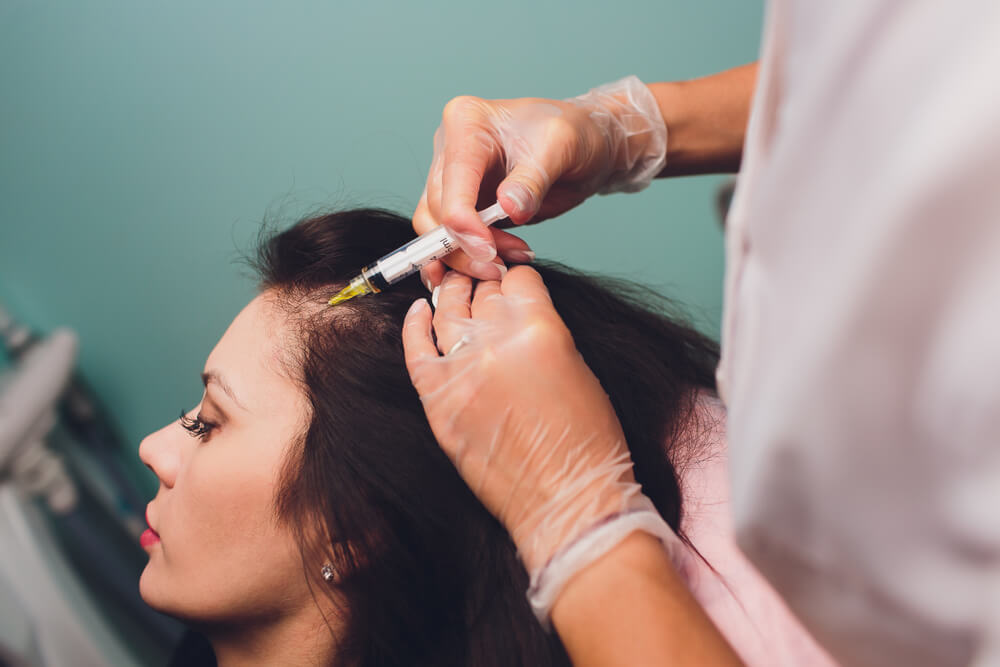
The effects of PRP therapy for hair loss can last anywhere from 6 to 12 months, with some patients experiencing longer-lasting results. The longevity of the results depends on several factors, including the individual’s age, health, and the severity of hair loss. Additionally, the length of time the results last can vary from person to person and may be influenced by lifestyle factors, such as stress, diet, and hormonal changes.
As mentioned, PRP therapy is not a permanent solution for hair loss and may require ongoing sessions. The frequency of treatments will depend on the individual’s needs and the progression of hair loss. Your doctor can help you determine the best treatment plan for your needs and goals.
Also, remember that PRP therapy for hair loss is not suitable for all patients. Before undergoing PRP therapy, discussing your medical history, hair loss pattern, and treatment goals with your doctor is recommended. They can help you determine if PRP therapy is the right choice for you and what results you can realistically expect.
Reach Out to Us Today
Many people feel that PRP is a safe and successful method of reversing hair loss and encouraging new hair growth, despite the limited clinical evidence. If you’re interested in PRP treatment for hair loss, feel free to contact us at Fern F. Taisenchoy-Bent, MD LLC, and discuss your options.


